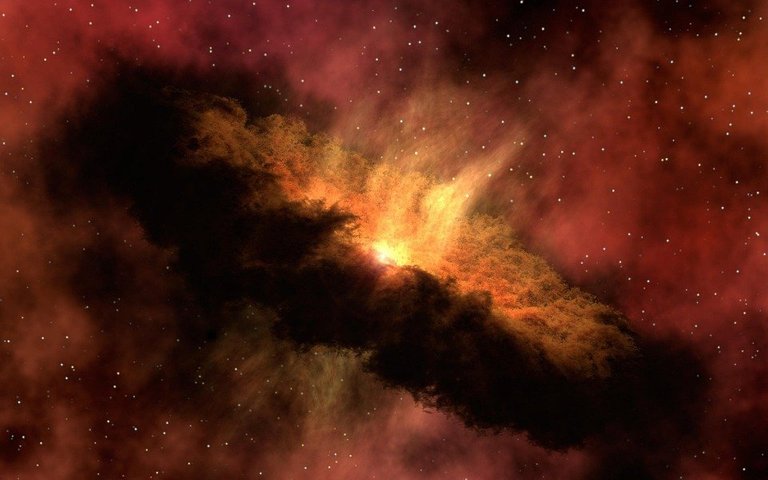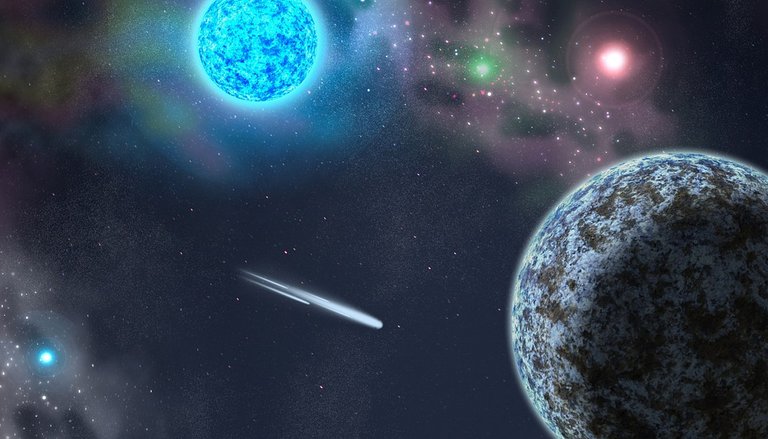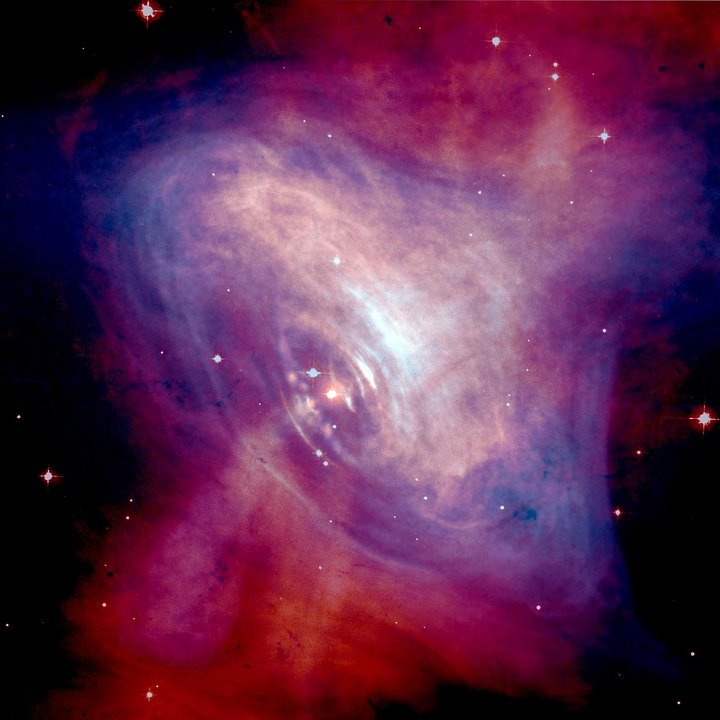Neutron Stars? What are they?
Explosions are natural occurrences throughout the entire universe and a lot of life forms that are found in existence today are actually a result or bye-product of past explosion whether directly or indirectly.
Neutron stars are one of those such results. In short neutron stars are the core of previously massive stars that have undergone supernova explosions. These explosions usually end up creating extremely dense atmospheres which is one of the key features of neutron stars generally.
Just like their name suggests neutron stars are made up of neutron which essentially means they do nothave any electric charge.
Neutron stars tend to possess a mass that is about 1.4 times the mass of the sun with strong gravitational fields and high surface gravity.
Neutron stars also have the ability to generate high levels of radiation such as X and Gamma rays.
How are Neutron Stars Formed?
All stars run on fuel(including the sun), being fueled helps keep the energy production and emission cycle of a star rolling, however this is not an everlasting process because at some point the star will run out of fuel and end up collapsing in on itself due to gravity resulting in a neutron star.
The core of any star that has run out of fuel is compressed until it achieves a high level of density while the outer layer is shed off. The compression forces a combination of the protons and electron of the stars resulting in its neutronic state in a process known as neutronization.
The tight arrangement of the neutron particles in the star is what gives it a high density and allows it to withstand high levels of pressure.
A forming neutron star at times might go through very rapid rotations which can cause the star's magnetic poles to emit radiation which are comparable to lighthouse beams due to the way they travel through space. These beams are known as Pulsars.

The Characteristics and Mysteries Surrounding Neutron Stars
The following are features that characterizes a neutron star
Merging of Neutron Stars
Some neutron stars posses the ability to merge with other neutron stars ending up emitting very high levels of radiation and gravity.
Very strong density
Neutron stars have more mass than the sun, no matter the size plus the entirety of a neutron star's mass is about 1.4 times that of the sun compressed into a 10km radius.
These properties make neutron stars very dense environments. It has been said that a neutron star the size of a sugar cube would probably have a mass as much as the entire human population on earth combined.
Strong and Fast Rotations
Some neutron stars have been recorded to be spinning about hundred times within one second a phenomenon that enables them to produce magnetic waves that can be observed from earth as pulsars.
Intense Gravitational and Magnetic Fields
Neutron stars usually possess very high surface gravity and strong magnetic fields which can produce radiation in form of X and gamma rays.
Short Lifespan When Compared To Other Stars
Compared to other stars neutron stars tend to exist for a short period of time before becoming invisible, an average neutron star can be observed for a few million years before its visibility fades.
Different Types of Neutron Stars
Neutron stars exist uniquely and diversely, below are a list of the different types on neutron stars in existence
Pulsars
When a neutron star rotates at high speed, it causes it's magnetic poles to emit strong radiations. Any neutron star that possess such capability is known as a Pulsar.
Magnetars
Neutron stars always contain magnetic fields with very high intensity, however some neutron stars contain a higher level of magnetic fields than others sometimes usually up to a trillion times that of the Earth, such neutron stars are known as Magnetars.
X-ray Dim Isolated Neutron Stars (XDINS)
These type of neutron stars have a weak magnetic field and low surface temperatures. They also characteristically emit X-rays.
Rotating R-Mode Instabilities (RRAT)
Regarded as a different class of neutron stars, they are always in a constant rapid rotation state and they emit scattered radio pulses.
Other types of neutron stars includes
- Accreting neutron stars
- Millisecond pulsars
- Neutron star mergers
Each type of star is unique in its own way and the uniqueness of each is still a topic of interest in astronomy circles.
Role of Neutron Stars in Astronomy
Overall, neutron stars provide a unique window into the universe and are important objects of study in many areas of astronomy and physics
Neutron stars are very important astronomical objects that play quite unique roles in the universe. Among these are
- Neutron stars serves as a tool for insight into the state of the universe in times before man
- The study of the underlying mechanisms of supernova explosions is made possible through studying neutron stars
- Neutron stars can serve as a testing ground for general relativity as a result of its strong gravitational fields which exceeds that of earth, usually.
- Neutron stars can be used to expand the study if gravity and dense matter
Overall, the importance of neutron stars lies in the fact that they serve as an avenue for observation and investigation into the previously existed states and possible results of certain types of events and reactions in the universe.


Thanks for your contribution to the STEMsocial community. Feel free to join us on discord to get to know the rest of us!
Please consider delegating to the @stemsocial account (85% of the curation rewards are returned).
You may also include @stemsocial as a beneficiary of the rewards of this post to get a stronger support.